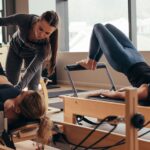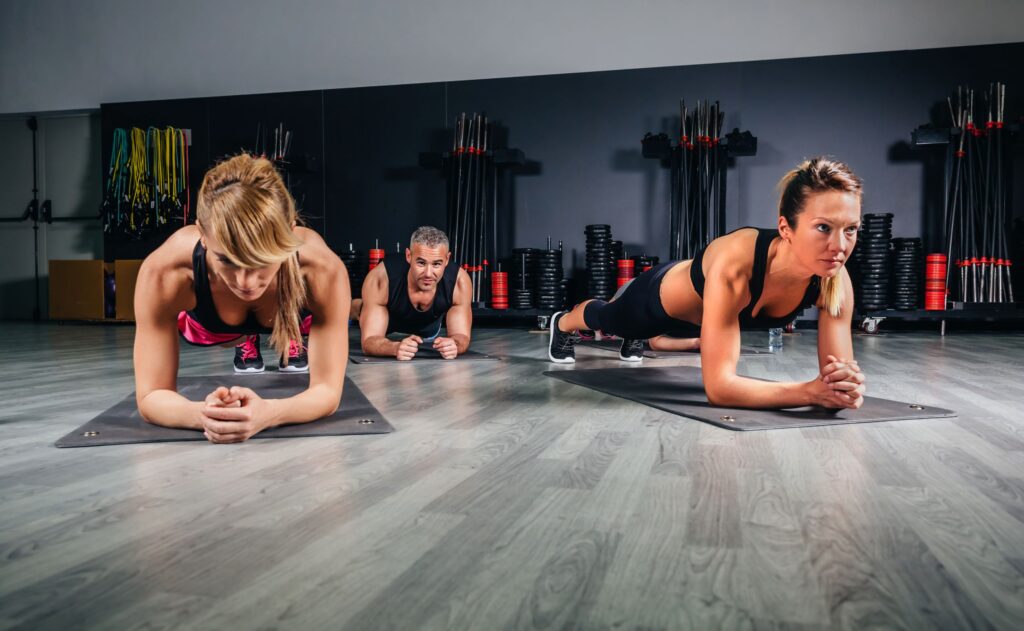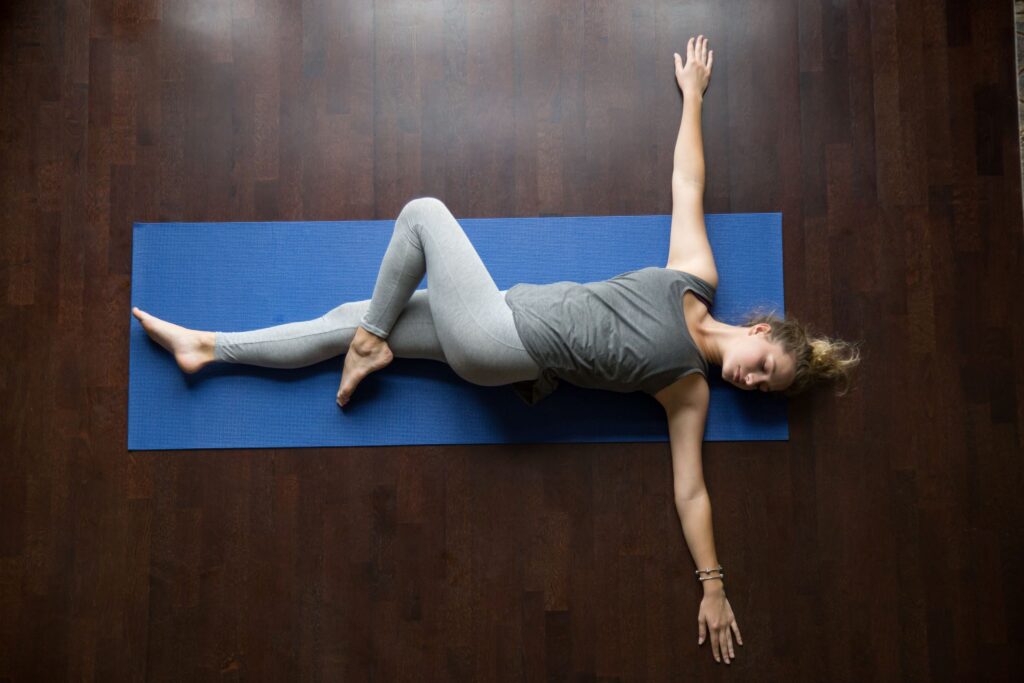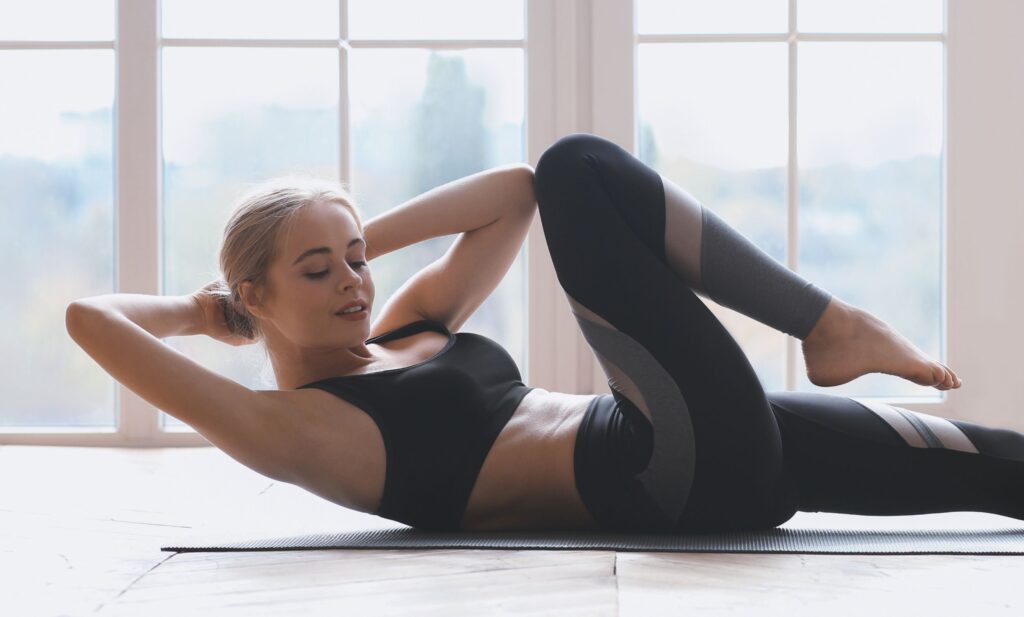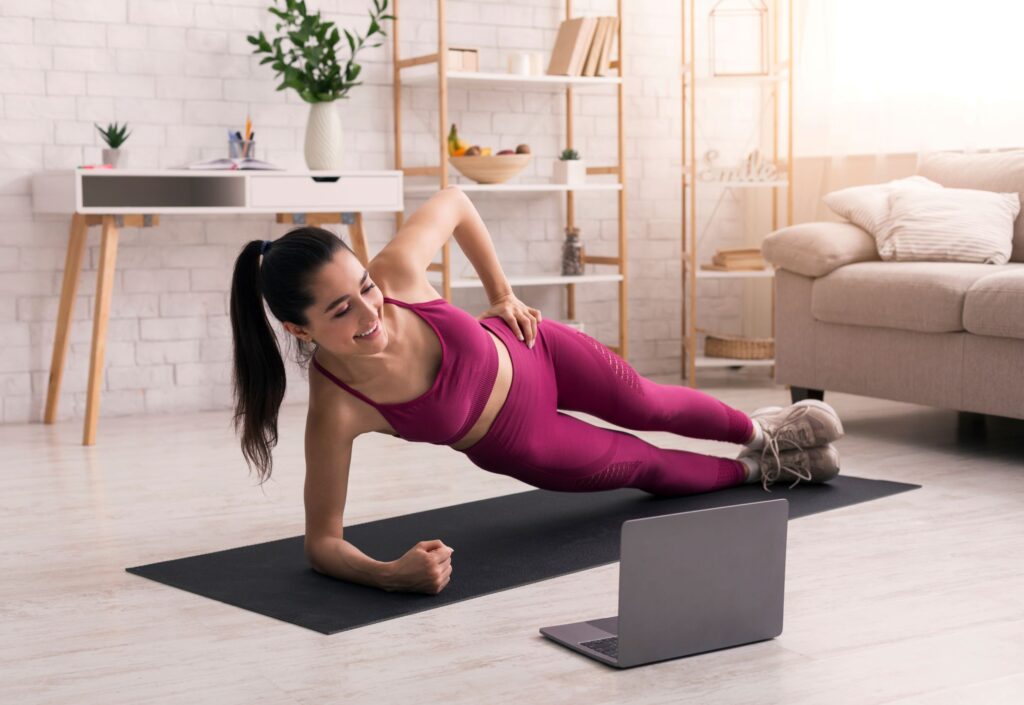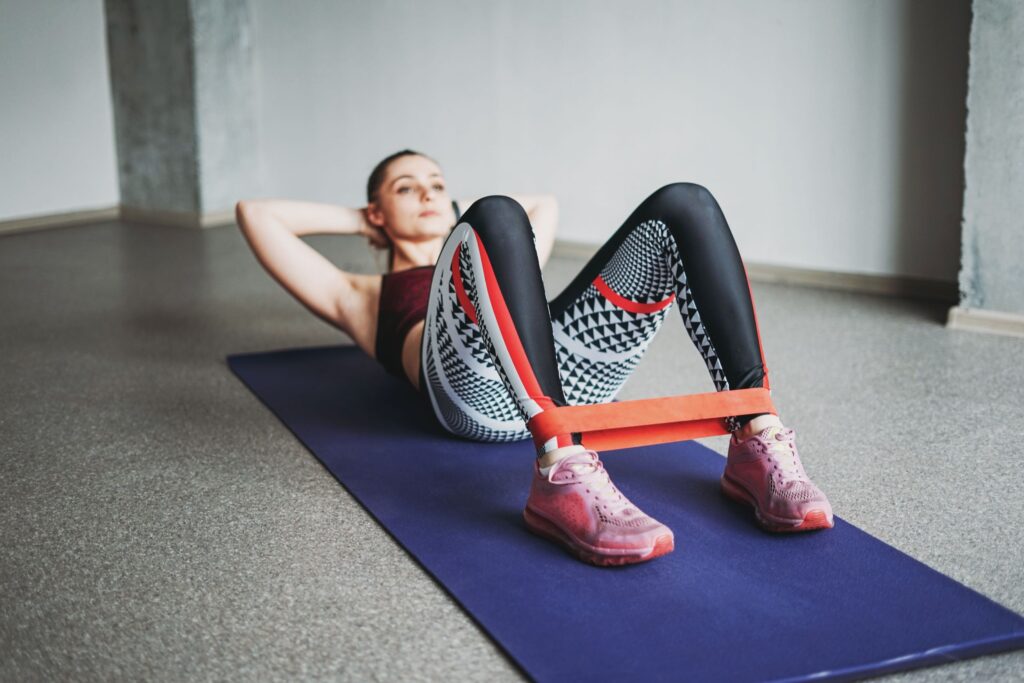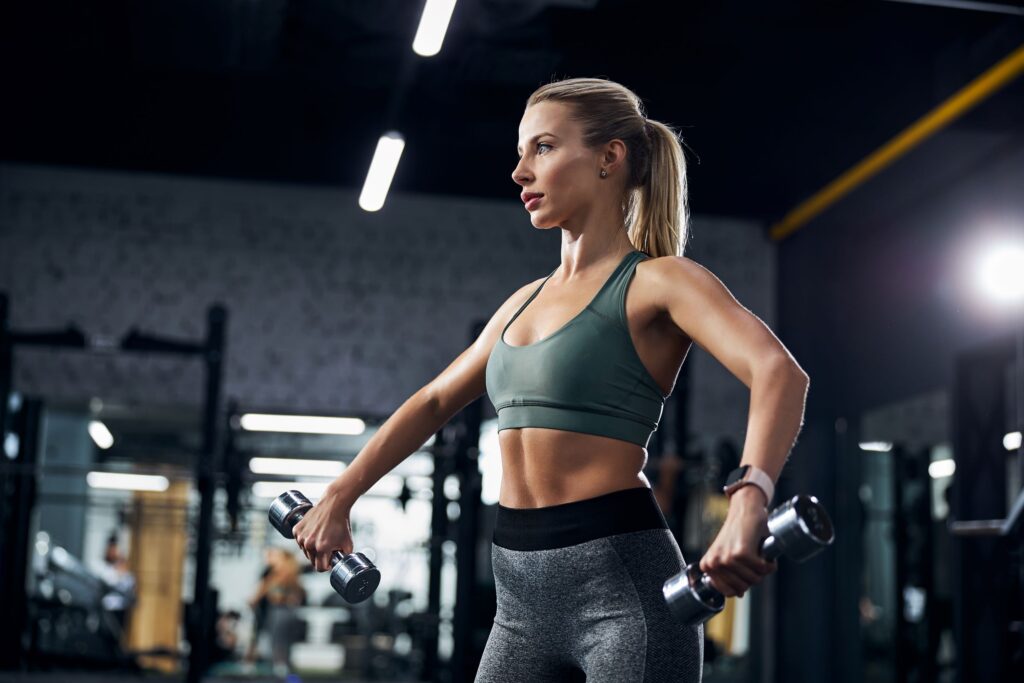What It Takes to Engage Your Core: Movements, Muscles, and More
If you’ve ever worked out with a personal trainer or in a group fitness class, you’ve likely heard your trainer or instructor say something along the lines of:
Brace your core! Engage your abs! Stable midline! Other cues that trainers use include “pull your belly button toward your spine” and “flex your abs.”
Though there’s clearly a great assortment of ways to say it, all of these phrases mean the same thing: Engage your core. These phrases all refer to the action of tightening your core musculature to stabilize yourself or brace your body for these core exercises. In this guide, you’ll learn what it really means to engage your core (it’s not just “sucking in”), how to do it, when to do it, and why it’s important.
What are your core muscles?
Several muscle groups make up your core muscles.
Rectus abdominis
(aka the six-pack muscle): This muscle goes from your lower ribs to the front of your pelvis. It stabilizes your trunk. (You’ll use them when you’re doing push-ups or planks.)
Internal and external obliques
Your obliques extend from your ribs to your pelvis and provide stability to your front and sides. (They’re important when you swing a golf club or do a side bend.)
Transversus abdominis
This is the deepest layer of muscle in your abdomen. It completely wraps around your torso and extends from your ribs to your pelvis. Unlike the other ab muscles, your transverse abdominis isn’t responsible for moving your spine or hips, but it does stabilize your spine, compress your organs, and support your abdominal wall.
Pelvic floor
The pelvic floor muscles are located on the underside of the pelvis and act similarly to a hammock or sling. When engaged, they lift upward toward the stomach. You can thank these babies for starting and stopping the flow of your urinary and bowel movements.
Diaphragm
The diaphragm attaches to the underside of your lower ribs. It’s the primary muscle responsible for breathing in and out, but recent research suggests it also plays an important role in cardiac function, lymphatic return, regulating emotional states, swallowing and vomiting lumbar stabilization, and pain tolerance.
Back extensors
In general, they attach the spine to the pelvis or an individual vertebra to the vertebrae above and below.
Their primary functions are spinal extension (bending backwards), postural support, and supporting the spine when you’re bending forward and lifting loads, such as during squats or biceps curls.
Hip flexors
Hip flexors attach to your spine and inside your pelvis. They help bring your legs to your torso (like when you do happy baby in yoga class).
How to engage your core
If your back slumps when you sit or you lose your balance easily, you may need to strengthen your core muscles. Here’s how to put in the work.
Start with your pelvic floor
Start by tightening and bracing your pelvic floor muscles, which run from the bottom of your ribs to the top of your pubic bone. Hold for a count of 10, then relax for a count of 10. Repeat this sequence three times on each side, and you’ll be tightening and bracing those muscles in no time.
Sit and be fit
Sit straight and tall with your back straight (not arched). Move your belly button toward your spine. Tighten your tummy as if it’s about to get punched. You should def feel some action in your core now. Bonus: You’re ready to defend yourself in an imaginary fight.
Breathe deeply
Relax your shoulders, neck, and abs. Slowly breathe in through your diaphragm (remember that’s under your lower ribs). You should feel your stomach gently swell. Your chest stays still and your shoulders should stay level. Bonus: This may even help your whole body relax.
Engage your core through all motions
Use the same pelvic-floor muscle-tightening technique to engage all four muscles of your core when you walk, run, jump, lift weights, or do any other activity that requires you to move quickly or explosively (like playing basketball). You’ll feel a sense of stability in all directions as you engage your core through every movement.
Strengthen through the entire range of motion (ROM)
Engaging your core means engaging it in every portion of each ROM—the full range from 0 degrees (sitting) to 90 degrees (standing). It’s not enough to tighten only at the endpoints; you need to reinforce these actions throughout each ROM so that they become automatic parts of everyday life—not just something you do when there’s a big event or a big competition coming up.
Pump some iron
Resistance exercises like weightlifting (bicep curls, deadlifts, etc.) work your core as well as your arms or legs. According to a 2020 study, lifting free weights is a great way to activate your major core muscles.
Work your core with cardio
Whether your cardio of choice is jogging, dancing, or swimming, you can count on it to raise your heart rate and work your core.
Do yoga moves that work your core
Most types of yoga will promote balance, and flexibility, and give your core a healthy workout. Try moves like the Side Plank, Bridge Pose, and Chair Pose with a twist.
Exercises for core stability
Below are basic abdominal stability exercises you can use to engage your core. They’re by no means exhaustive but are helpful in understanding how to engage your core muscles.
Abdominal rotation
This exercise targets the transverse abdominis, external obliques, and rectus abdominis. Lie on your back and raise your legs until they’re straight out in front of you. Keep a slight bend in the knees but not so much that the legs are locked. Rotate the torso to one side and then to the other, keeping your core tight throughout. You can do this on your forearms or on a Swiss ball.
Abdominal crunch
This exercise targets the rectus abdominis and obliques. Lie on your back with knees bent and feet flat on the floor or elevated with a mat under them. Keeping shoulders off of the ground, curl up towards your knees while engaging your abs to keep from arching up off of them (don’t lift yourself off of them). Hold for three to five seconds before releasing back down into position.
Side plank
This exercise targets most muscles in your core: transverse abdominis, external obliques, erector spinae muscles (your back muscles), as well as auxiliary muscles including gluteals (buttocks), quadriceps (front thigh), and hamstrings (back thigh). Lie on your side with your top leg extended and the bottom leg bent. Keep the torso erect and straight, and your hips in line with your shoulders. Hold for ten seconds before switching sides.
Knee-to-chest situp
This exercise targets all of the abdominal muscles except for obliques (they’re used to stabilize the spine). Sit on a bench or chair with knees bent and feet flat on the floor or elevated with a mat under them. Place hands behind your head or on the floor in front of you (you can also rest them by your side). Engage abdominals to keep from arching up off of the bench. Hold for three to five seconds before releasing back down into position.
Lateral raise
Both your shoulder muscles and your triceps are worked during a lateral raise. Standing or sitting with your arms at your sides and a dumbbell in each hand is the proper way to do this exercise. Lift the dumbbells parallel to the ground, palms facing into your body and with elbows bent slightly.
The bottom line
Engaged core means contracting your trunk muscles to provide support for your spine and pelvis in static positions and during dynamic movements. These muscles are used for balance, lifting, pushing, pulling, and general movement.
A strong core helps improve balance, decrease the risk of injury, and support your spine during forceful movements.
Put simply, your core muscles are involved in the stability and mobility of your spine. They’re the “core” of all the movements your body does throughout the day. Learning to engage these muscles effectively will help you move pain-free for years to come.




